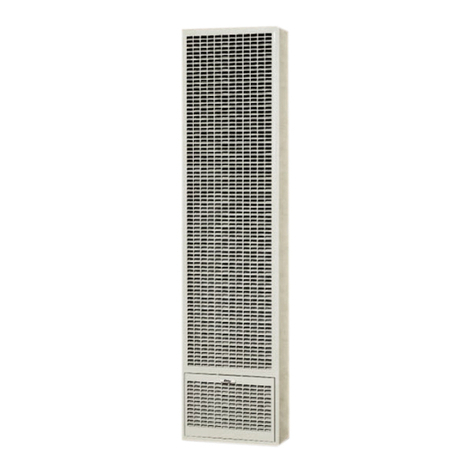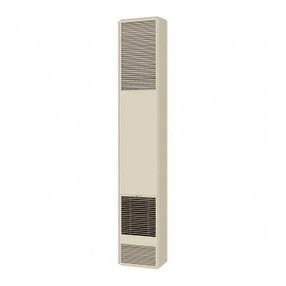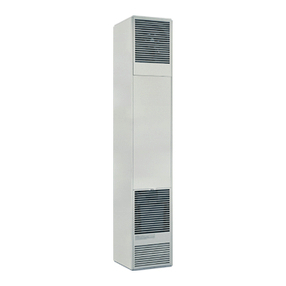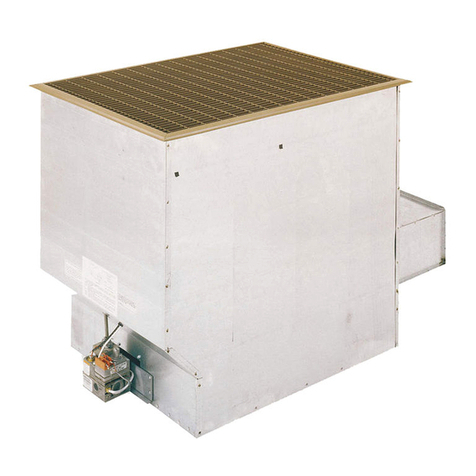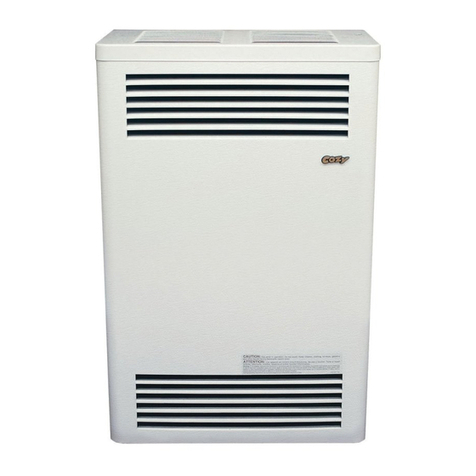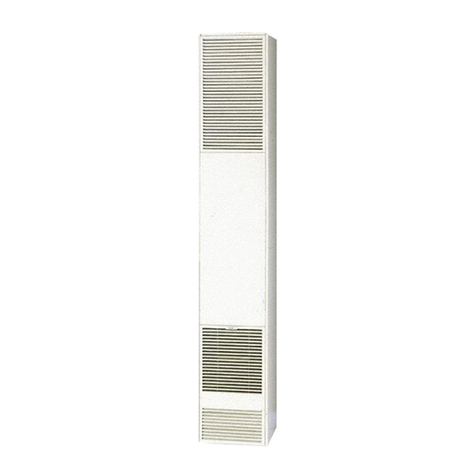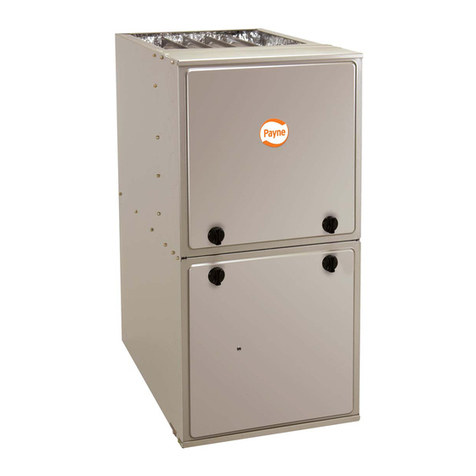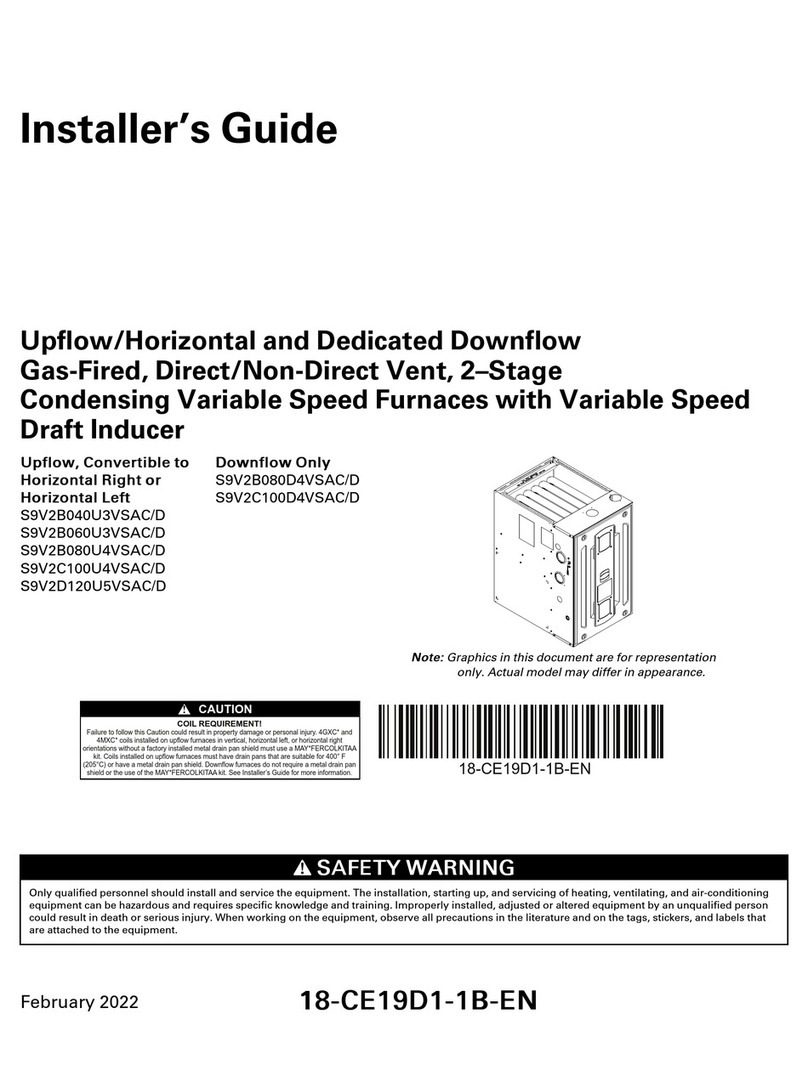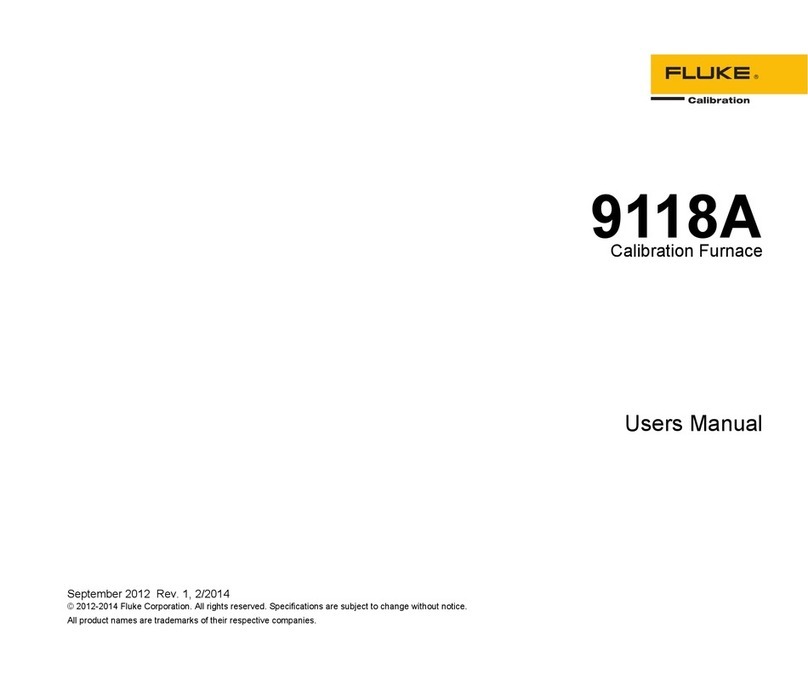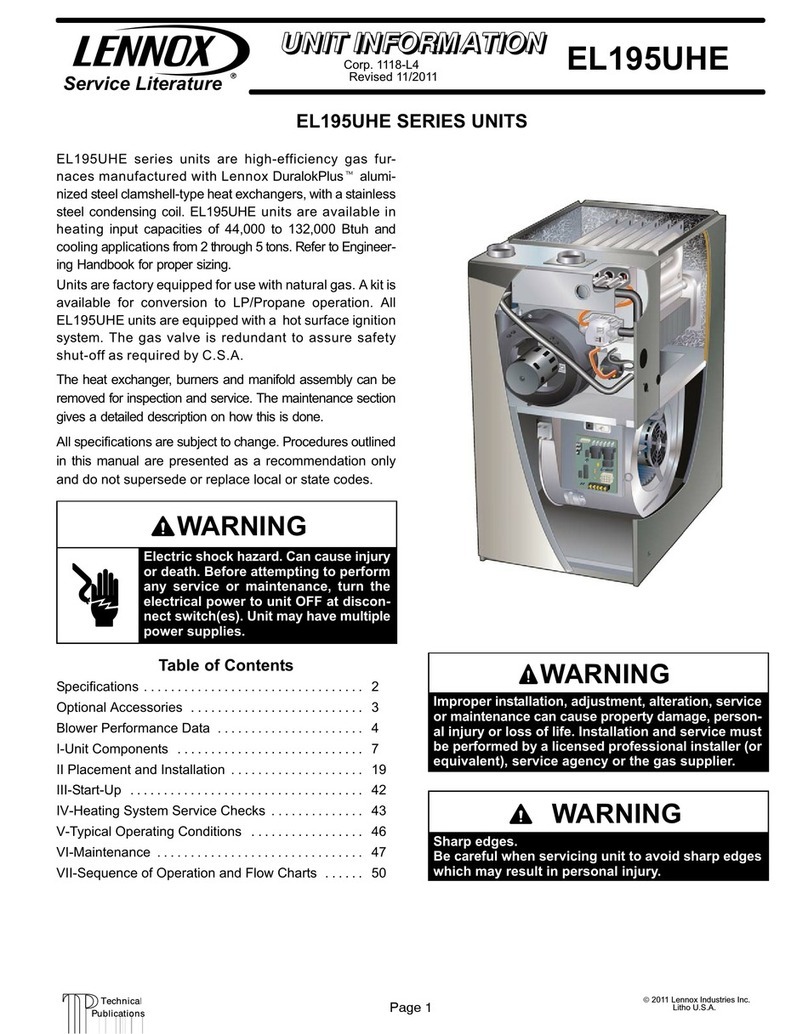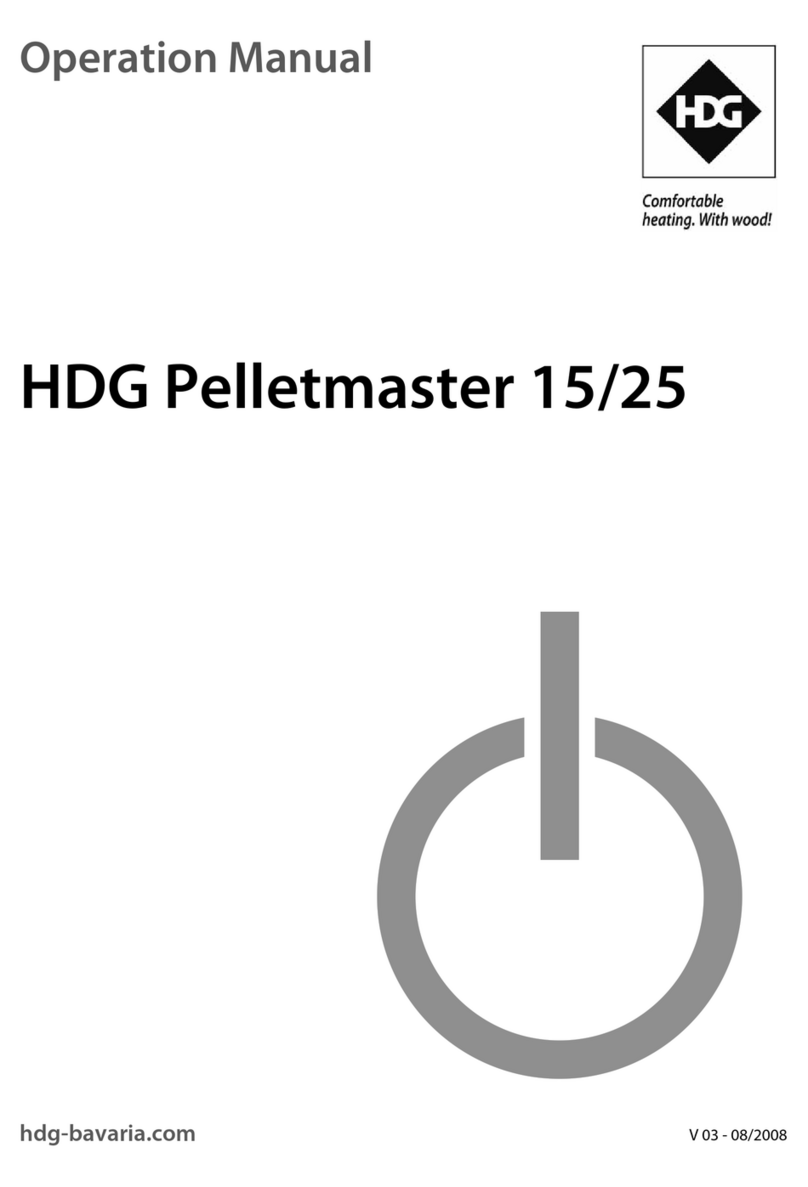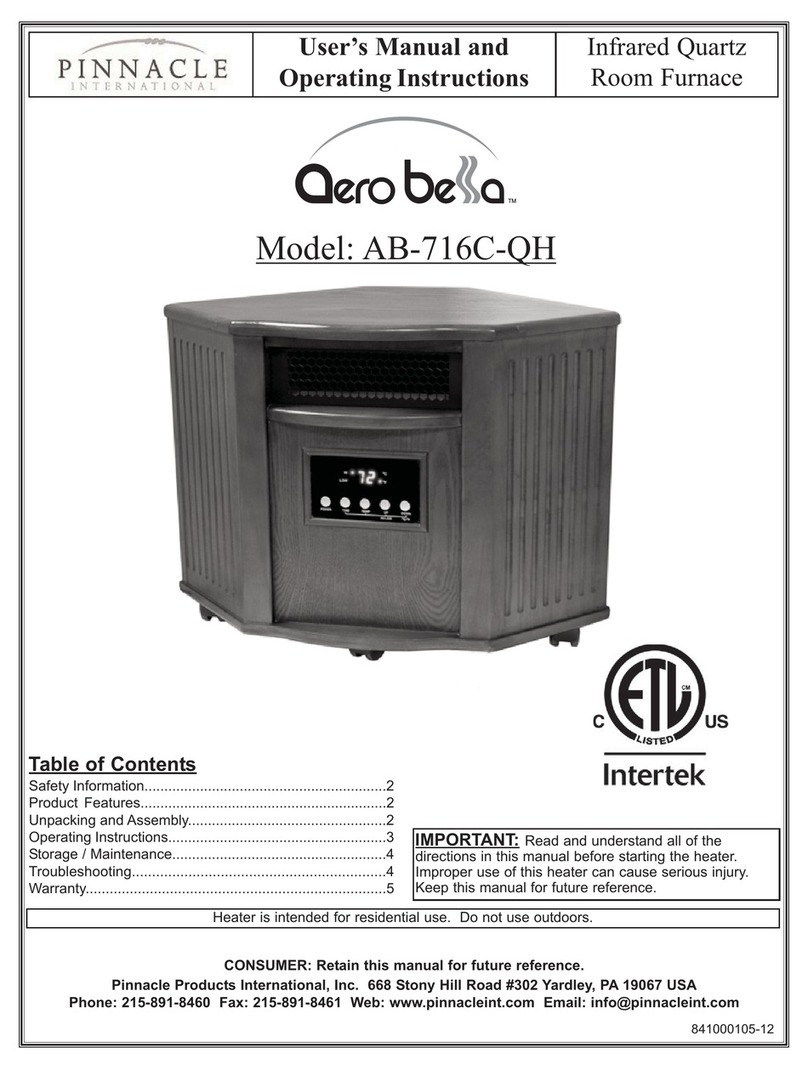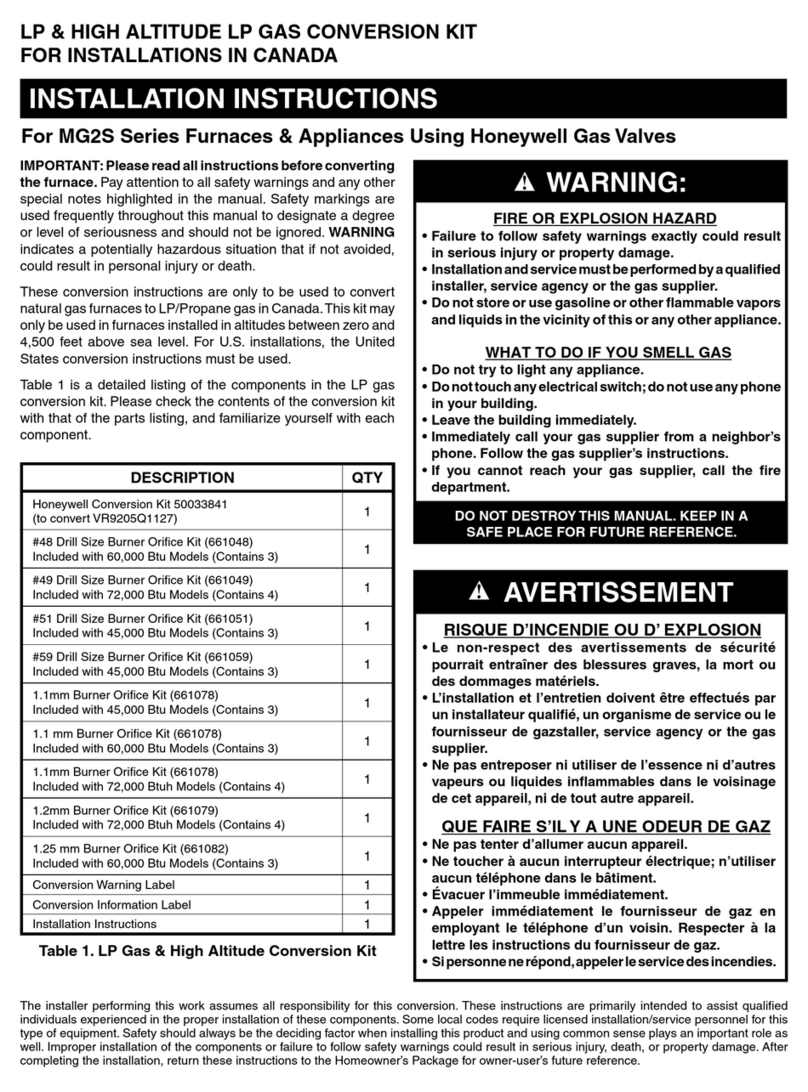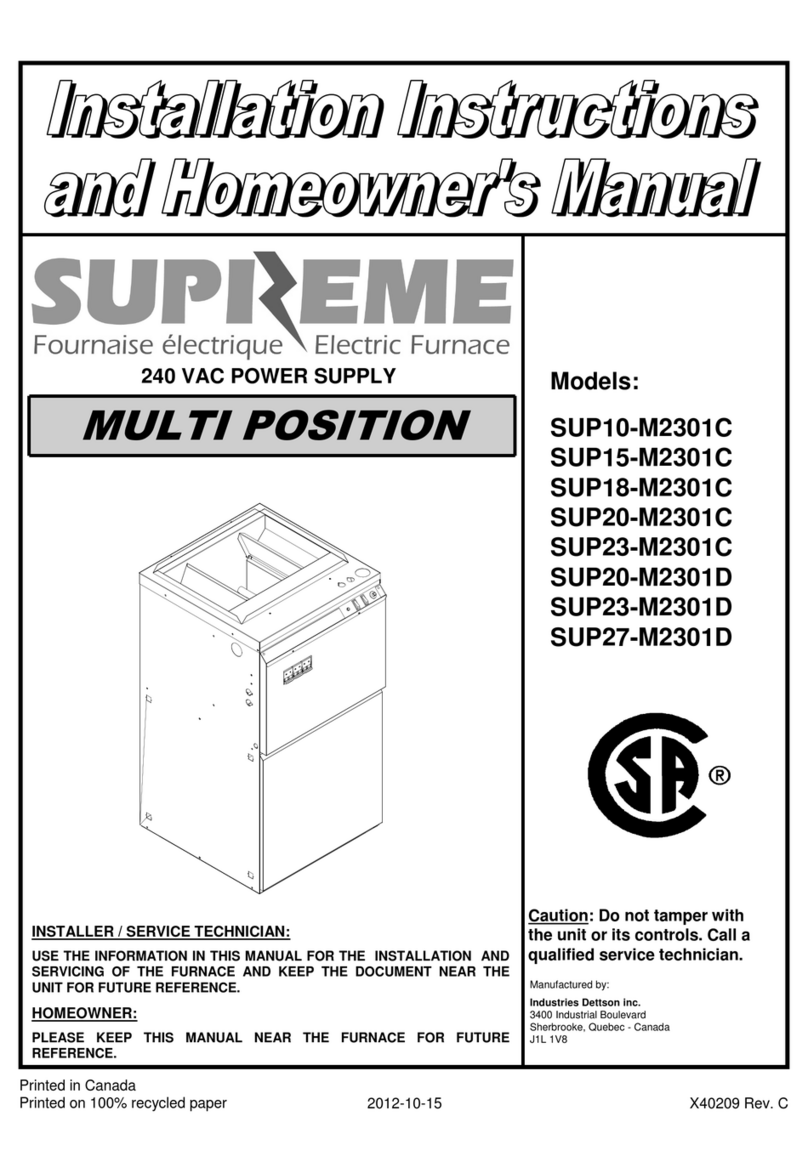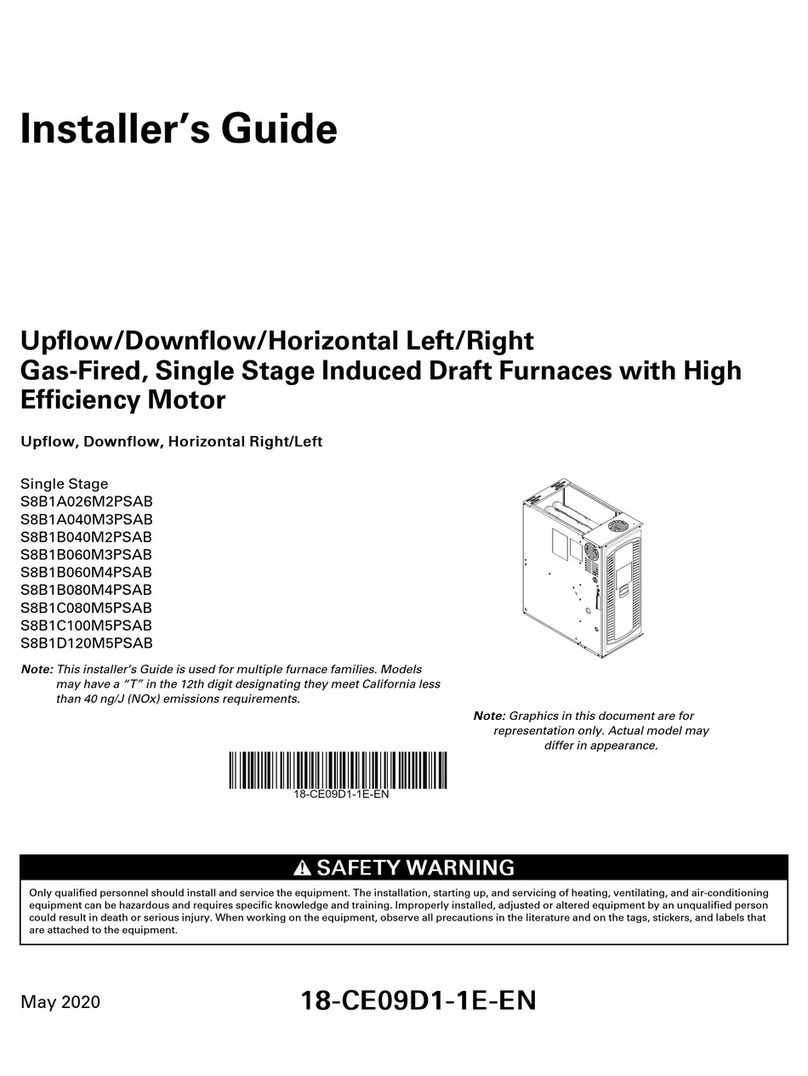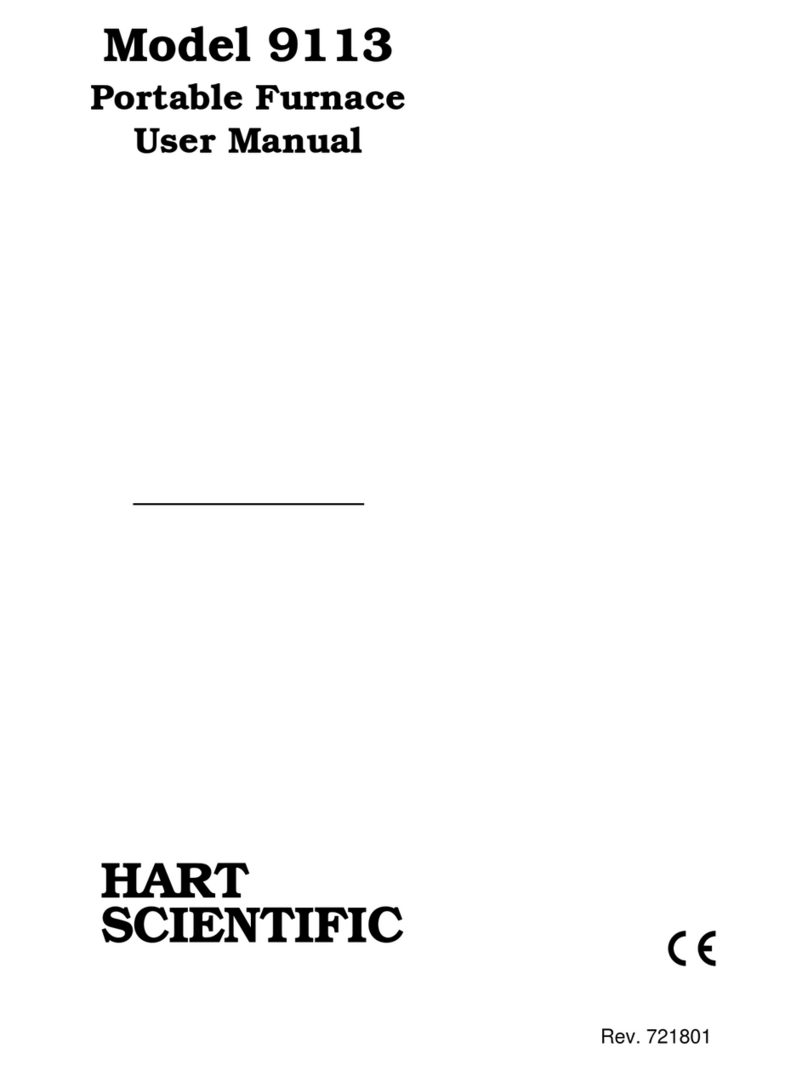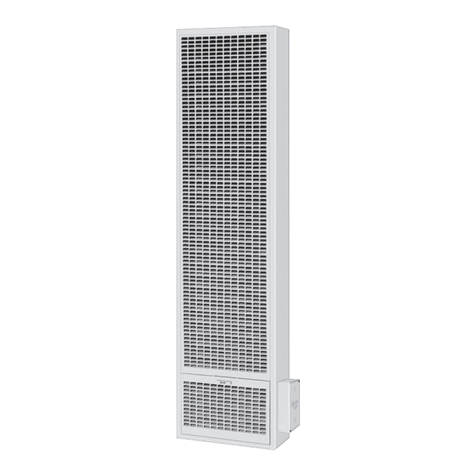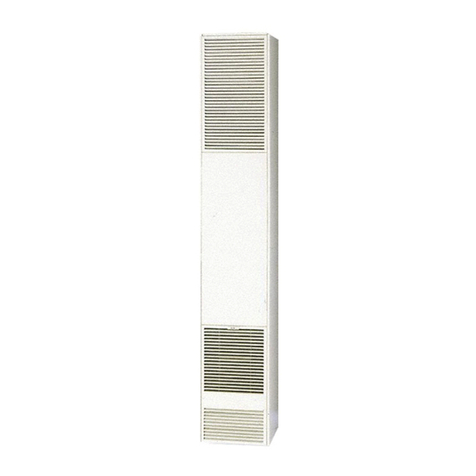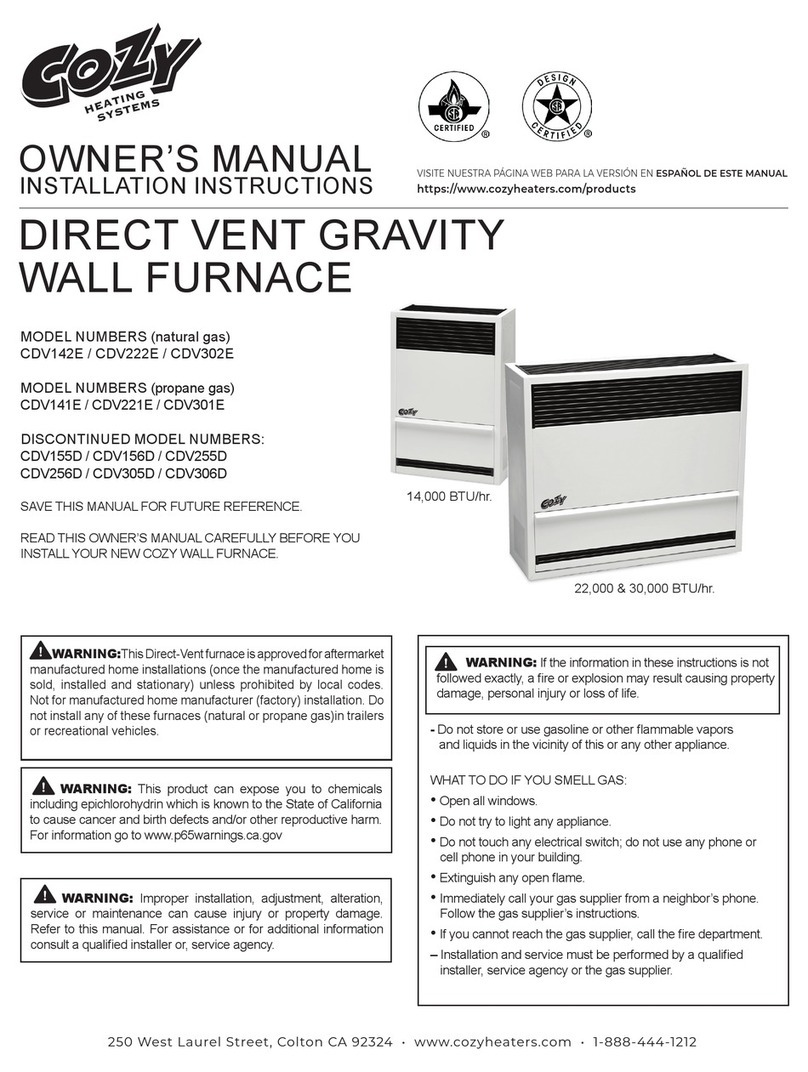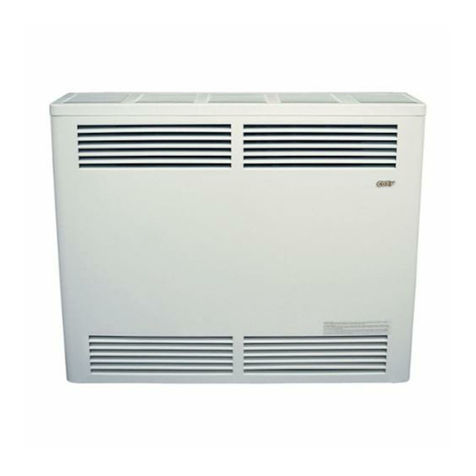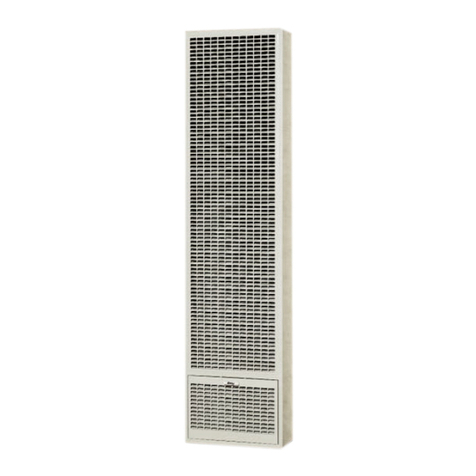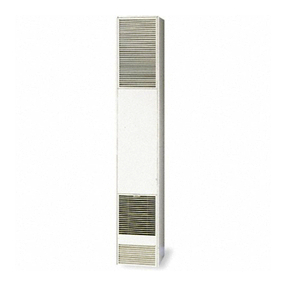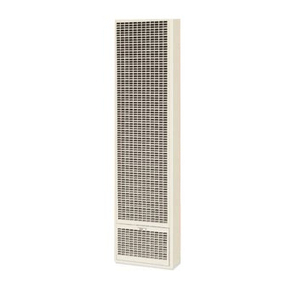
6GAS FIRED VENTED FLOOR FURNACES
INTRODUCTION
THIS IS A GAS-FIRED, GRAVITY VENTED FLOOR
FURNACE THAT WILL OPERATE SAFELY AND PROVIDE
AN EFFICIENT SOURCE OF HEAT WHEN INSTALLED,
OPERATED AND MAINTAINED AS RECOMMENDED IN
THESE INSTALLATION AND OPERATING INSTRUCTIONS.
READ THESE INSTRUCTIONS THOROUGHLY BEFORE
INSTALLING, SERVICING, OR USING THE APPLIANCE.
IF YOU DO NOT UNDERSTAND ANY PART OF THESE
INSTRUCTIONS, CONSULT LOCAL AUTHORITIES, OTHER
QUALIFIED INSTALLERS, SERVICE TECHNICIANS, THE
GAS SUPPLIER OR THE MANUFACTURER.
HELPFUL INSTALLATION INFORMATION HELPFUL
INSTALLATION INFORMATION
Do not attempt to heat through more than one doorway
in any direction to adjoining rooms.
Always over-estimate the amount of heat required rather
than under-estimate it. Always use the next size floor
furnace above your actual heating requirements.
Seal all cracks around windows, doors, and attic access
doors or significant heat loss will occur.
INSTALLATION REQUIREMENTS
Listed below are steps that are part of a floor furnace
installation. You must see that each step is followed
closely so that the floor furnace will provide maximum
efficiency with safe operation.
YOU MUST:
1. Locate the floor furnace in the best
available space for safe and efficient
operation.
2. Provide fresh air for combustion and
venting.
3. Cut and frame the floor opening so that
the floor furnace fits properly.
4. Attach the draft hood and connect the
vent pipe in compliance with applicable
codes.
5. Connect an adequate gas supply to the
floor furnace.
6. Select the best location for the
thermostat.
7. Check and adjust the floor furnace for safe
and efficient operation.
If you have any doubts about the correct way to install a
floor furnace, contact local authorities or agency, or your
gas supplier. If local or state codes require that your floor
furnace installation be inspected by local authorities, do
so after the floor furnace is installed and before it is put
into service.
SAFETY
1. WARNING: Improper installation, adjustment,
alteration, service or maintenance can cause property
damage, personal injury or loss of life. Installation and
service must be performed by a qualified installer,
service agency or the gas supplier keep burner and
control compartment clean. See installation and
operating instructions accompanying appliance. Due
to high surface temperatures keep children, clothing
and furniture away.
2. Follow all applicable codes and ordinances. If
there are none, follow the installation standards,
latest edition of NFPA54ANSI.Z223.1. A copy may
be obtained from the National Fire Protection
Association, 1 Batterymarch Park; Quincy, MA, 02269.
3. DO NOT install this floor furnace in a recreational
vehicle, trailer or mobile home.
4. DO NOT operate this floor furnace unless it is
connected to aproperly installed and maintained
vent system. Do not exhaust flue gases under the
floor for any reason.
5. Be sure this floor furnace is equipped for the type gas
you intend to use.
6. Locate the thermostat in a room or space that cannot
be separated by adoor or other means from the room
or space in which the floor furnace grill is installed.
7. Never use a match, candle, flame or other source of
ignition to check for gas leaks. Use only soapy water
or liquid detergent.
8. Adequate air for combustion and venting must be
provided.
9. If it is suspected that rising water or seepage may
enter the floor furnace, turn off the gas immediately.
Do not use this floor furnace if any part has been
under water. Immediately call a qualified service
technician to inspect the floor furnace and to replace
any part of the control system and any gas control
which has been under water.
10. Have your floor furnace and vent system inspected
before using and at least annually by a qualified
service technician.
11. The grill becomes hot when the floor furnace is in
operation. Children must be closely supervised when
in the presence of any heating appliance. Contact
with bare skin may result in severe burns. Keep
children off the grill.
12. Before cleaning or servicing the floor furnace, turn off
the gas and allow it to cool. This will prevent burns.
13. Always leave the grill in place except when cleaning
or servicing the floor furnace.
14. Never operate the floor furnace without the sight
glass assembly in place, or with the glass broken
or missing.
